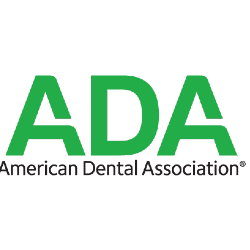As we age, we become more susceptible to health conditions, and gum disease is not an exception. This disease results when harmful mouth bacteria find their way into the gums causing infection. The bacteria irritate the gums, making them red and swollen and more likely to bleed. Gum disease is most common in seniors but can also affect children and teens who do not practice good oral hygiene.
Gum Disease In Young People
In children, gum disease can result from poor oral hygiene, eating sugary, and acidic foods. Girls have a higher risk of gum disease than boys, given their hormonal changes, especially around puberty. However, unlike in seniors, gum disease in younger people is usually mild and will heal with proper and timely treatment. Some of the signs of gum disease include bad breath, bleeding gums, loose teeth, and receding gums.
Gum Disease In Seniors
Gum disease is common in this group due to the increased mouth bacteria with age. Also, most individuals in this category tend to neglect oral hygiene. The result is an accumulation of plaque and harmful mouth bacteria, causing gum disease. If untreated, your gums will pull away from your teeth, forming pockets where more plaque and bacteria collect. Another reason for an increased prevalence of gum disease in seniors is using medications such as diabetes and high blood pressure drugs that cause dry mouth. A dry mouth is acidic, and bacteria and food debris will accumulate, causing gum disease. Untreated gum disease links to health complications such as heart disease. In individuals with diabetes, gum disease makes the condition worse. Given that gum disease can affect both the young and old, you should practice good oral hygiene and eat healthy foods to keep the disease at bay. You should also schedule a routine checkup with us for early diagnosis and treatment. For more details on gum disease and treatment, contact our office today.









